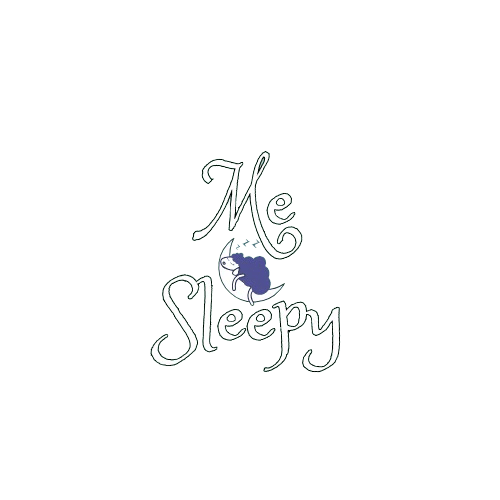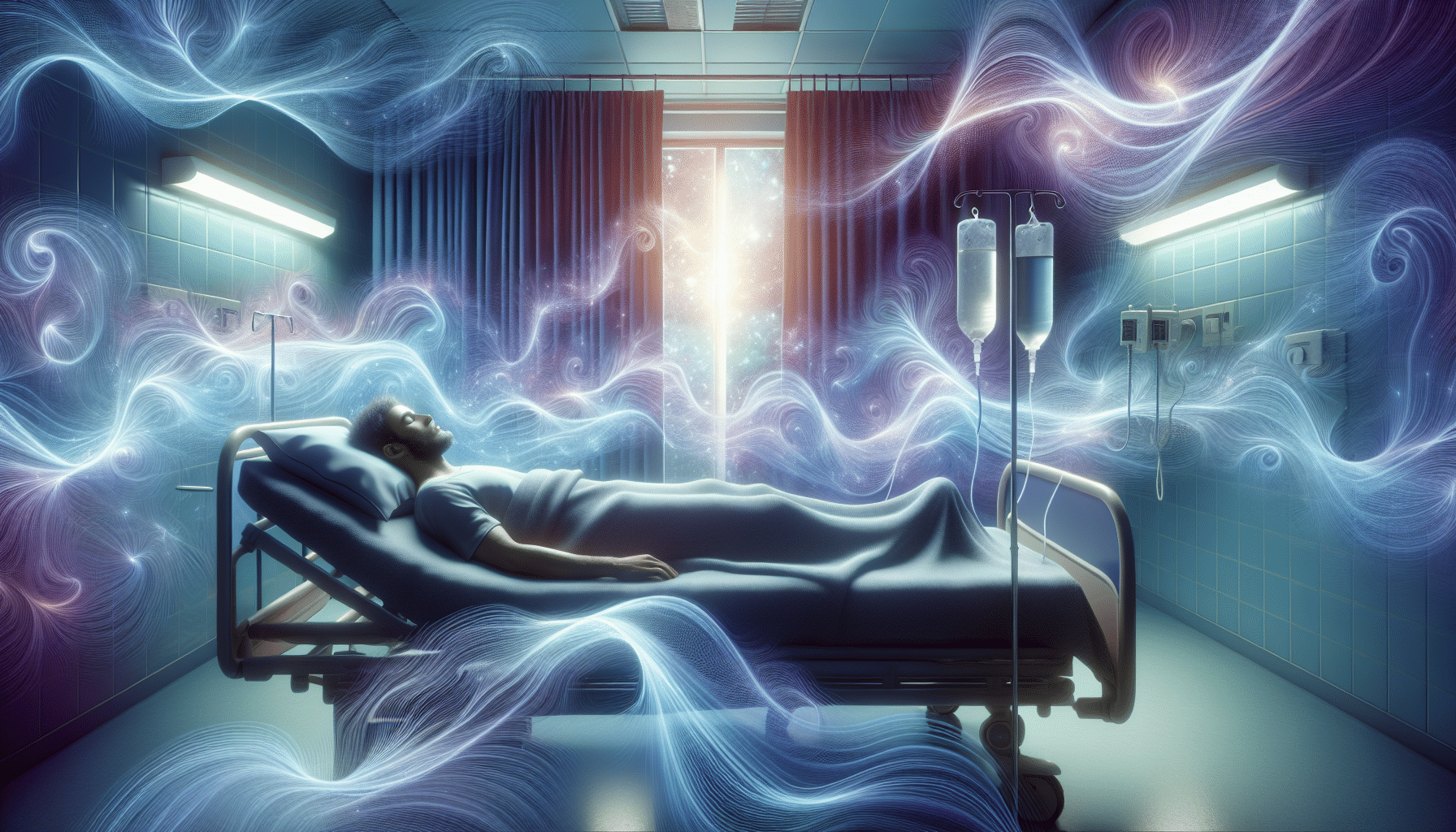Understanding Hidden Consciousness in Brain-Injury Patients
Up to a Quarter of Unresponsive Patients May Have Hidden Consciousness
Recent studies have uncovered a fascinating phenomenon in the realm of neurocritical care: up to 25% of patients who appear unresponsive due to brain injuries may actually possess a form of hidden consciousness. This discovery challenges the traditional understanding of consciousness in brain-injury patients and opens new avenues for potential recovery. Hidden consciousness refers to the ability of some patients to process information and exhibit brain activity indicative of awareness, despite their lack of physical responsiveness. This finding is crucial as it suggests that a significant number of patients who are currently deemed unresponsive may have the potential for recovery if their hidden consciousness is identified and addressed.
Importance of Identifying These Patients for Potential Recovery
Identifying patients with hidden consciousness is of paramount importance for several reasons. Firstly, it provides hope and direction for families and caregivers who are often left in uncertainty about the future of their loved ones. By recognizing signs of hidden consciousness, healthcare providers can offer more accurate prognoses and guide families in making informed decisions about treatment and care. Secondly, identifying hidden consciousness can lead to tailored rehabilitation strategies that enhance the chances of recovery. By focusing on patients who exhibit signs of consciousness, medical professionals can allocate resources more effectively, potentially improving outcomes for those who have the capacity to regain functional independence.
Insomnia and Sleep Patterns as Indicators of Consciousness
Role of Sleep in Detecting Hidden Consciousness
Sleep plays a pivotal role in detecting hidden consciousness in unresponsive patients. Research has shown that sleep brain waves can serve as indicators of consciousness, providing valuable insights into a patient’s cognitive state. Electroencephalogram (EEG) recordings, which measure electrical activity in the brain, are used to detect brain wave patterns associated with sleep and consciousness. These recordings can reveal organized brain activity, such as sleep spindles, which are linked to cognitive processing and consciousness. By analyzing sleep patterns, healthcare providers can identify patients who exhibit signs of hidden consciousness, even if they do not respond to external stimuli.
EEG Recordings Used to Detect Brain Activity Related to Sleep and Consciousness
EEG recordings have become a crucial tool in the assessment of consciousness in brain-injury patients. These recordings capture the electrical activity of the brain and can reveal patterns that indicate the presence of consciousness. In particular, the detection of sleep spindles—bursts of organized brain activity during sleep—has been associated with higher recovery rates in patients with hidden consciousness. EEG technology allows for non-invasive monitoring of brain activity, making it an accessible and practical method for evaluating consciousness in clinical settings. By leveraging EEG recordings, healthcare providers can gain a deeper understanding of a patient’s cognitive state and tailor interventions to promote recovery.
Sleep Spindles and Their Connection to Insomnia and Recovery
Significance of Sleep Spindles in Predicting Recovery
Sleep spindles, those intriguing bursts of brain activity during sleep, have emerged as a promising indicator of recovery potential in brain-injury patients. These spindles are not just random occurrences; they represent organized brain activity that is crucial for cognitive processing and consciousness. Research has shown that patients who exhibit sleep spindles are more likely to regain consciousness and achieve functional recovery. This connection between sleep spindles and recovery underscores the importance of monitoring sleep patterns in patients with brain injuries. By identifying sleep spindles, healthcare providers can better predict which patients have a higher likelihood of recovery, allowing for more targeted and effective rehabilitation strategies.
Patients with Sleep Spindles Show Higher Recovery Rates
The presence of sleep spindles in EEG recordings has been linked to significantly higher recovery rates in patients with hidden consciousness. Studies indicate that patients who exhibit these organized brain activities are more likely to regain consciousness and achieve functional independence over time. This finding is a game-changer in neurocritical care, as it provides a tangible marker for assessing a patient’s recovery potential. By focusing on patients with sleep spindles, medical professionals can prioritize resources and interventions for those most likely to benefit, ultimately improving outcomes and enhancing the quality of life for patients and their families.
Clinical Implications of Insomnia Research in Neurocritical Care
Challenges and Future Directions in Clinical Practice
Despite the promising findings, there are challenges in translating insomnia research into clinical practice, particularly for patients with long-term disorders of consciousness. Current research primarily focuses on recent brain injuries, and the applicability of these findings to chronic conditions remains limited. Additionally, while sleep spindles offer valuable insights, they are not a definitive predictor of recovery for all patients. Some individuals without sleep spindles still manage to regain consciousness, highlighting the need for further research to refine predictive models. Future studies should explore additional biomarkers and integrate them with sleep patterns to enhance the accuracy of recovery predictions.
Potential for Improving Patient Recovery by Enhancing Sleep Conditions in ICU Settings
Improving sleep conditions in intensive care units (ICUs) holds significant potential for enhancing patient recovery. The ICU environment, often bustling with noise and activity, can disrupt sleep and hinder the natural occurrence of sleep spindles. By creating a more conducive sleep environment—perhaps through the use of soundproofing, dim lighting, and minimizing disturbances—healthcare providers can promote better sleep quality and potentially facilitate recovery. Incorporating sleep-friendly practices in ICUs could be a simple yet effective strategy to support the healing process for brain-injury patients. For those interested in exploring ways to improve sleep quality, our Sleep Sound Playlists offer a range of soothing sounds that may aid in creating a restful atmosphere.
Sources:https://www.sciencedaily.com/releases/2025/03/250303141706.htm



